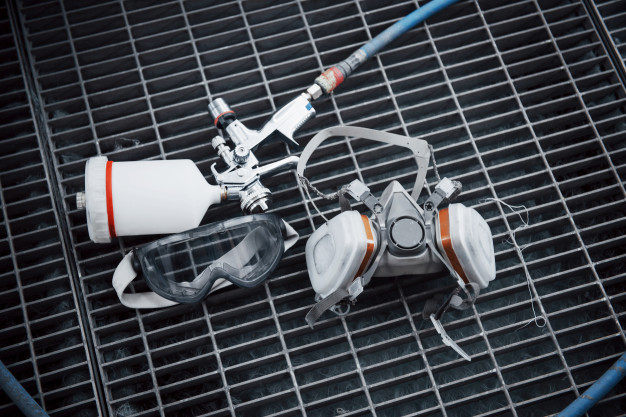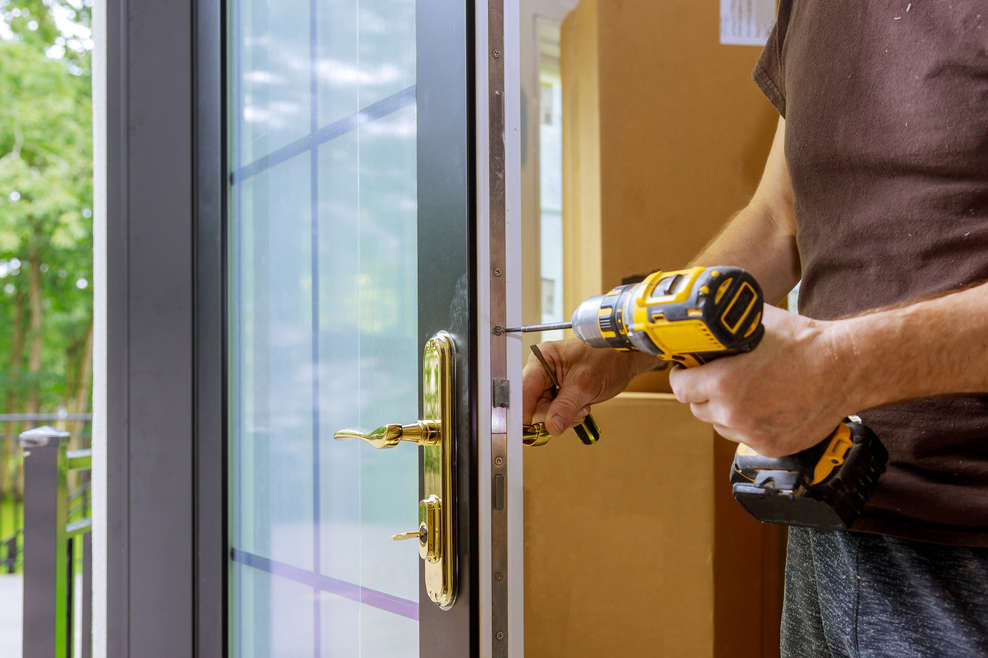7 Paint Sprayer Basics You Should Know Before Buying

Paint sprayers are becoming increasingly common in households and among DIY enthusiasts as they are easy to use and produce impeccable painting results!
 Photos By: Freepik
Photos By: Freepik
Whether you want to paint a wall or cover the scratched paint on a car, a paint sprayer can make things easier. However, if you haven’t used this tool before, there are some things you must know before handling one. It is also necessary to understand the applications, types, price, and tips when buying a paint sprayer. As the name explains, paint sprayers spray ink on surfaces at an even rate.
Learn these seven basics of paint sprayers before you buy one!
1. Applications
Paint sprayers are commonly used for painting interior walls and cabinets with intricate details and crevices. They are also used to paint fences or any other structural elements with uneven surfaces. A single coat of paint spray can transform or revamp any surface or piece of furniture. They are also used to paint cars.
2. Types
Among a myriad of paint sprayer types, the most common ones include HVLP, airless, and compressed air sprayers. While High Volume Low Pressure (HVLP) air sprayers are better at transferring and spraying paint over wider surfaces with great efficiency, airless sprayers are ideal for latex primers and paints. On the other hand, compressed air sprayers are the simplest to use and work with an air compressor. According to the experienced interior designers at https://workshopedia.com/best-airless-paint-sprayer/, airless paint sprayers are ideal for home renovation. They provide a fine finish and let you control the amount of paint that needs to be sprayed. In addition, you also have to know the correct tip size that you will use for your paint sprayer to achieve even paint application. You can check the graco tip chart and see which tip size best fits your paint sprayer.

3. Benefits
The benefits of paint sprayers are endless. As compared to paint brushes and rollers, you can paint wider surfaces in less time. Any kind of cracks, crevices, and bumps can be covered using paint sprayers, which is often difficult to achieve using paintbrushes or rollers. If you need to accomplish any detailed work, use paint sprayers instead of brushes as it helps achieve a proper finish. Whether you need to paint a small cabinet or a wide exterior wall, you can find relevant paint sprayers to complete the tasks.
4. Disadvantages
Air sprayers also come with a set of disadvantages, such as the time and effort needed to prepare the equipment and the high budget. Even though they produce better results, not everyone will be able to afford paint sprayers unless they are needed for DIY projects. The paint in the sprayer should be used before it dries. It also takes a lot of time to clean up after the work is done.
5. Price
The price of paint sprayers depends on the size, design, and functionality of the model. You can buy an air sprayer for as little as $100 or under and pay up to $1000 or more, depending on the construction and model. While affordable air sprayers fall in a range of $20 to $100, airless sprayers usually start from $200 and go up to $1000. It all boils down to your budget and the efficiency of the sprayer. If you need faster and neater results, you must increase your budget.
6. Supplies and Tools
To use a paint sprayer, you will need a few supplies and tools like blue tape, paint, paper masking tool, seal throat lube, locking pliers, bucket, and sandpaper. Use a specialty sprayer if you want to achieve a different result or texture. For painting jobs that last longer, you can invest in a handheld or cordless paint sprayers. Another useful supply is a line stripping machine, which allows you to paint neat stripes using an air sprayer. Lastly, do not forget to buy a pair of overalls or switch to your old clothes as painting can get messy.

7. How to Use – Tips and Tricks
Before you start using the paint sprayer, test it on a useless surface or piece of cardboard. Practice it a couple of times to learn the right way of holding and using the spray paint. To achieve a narrow pattern and spray more paint, hold the air sprayer closer to the surface. Pull the gun’s trigger to avoid messing or clogging the paint. When spraying, keep your arm steady and clean the tip with a few strokes. Finish the corners first to achieve a neat look. When done, remove the paint from the sprayer as it can clog the paint and damage the sprayer.
If you need to buy a paint sprayer, consider these aspects as they can affect your results. This is particularly important if you are a beginner and have never bought or used a paint sprayer before. In case of any ambiguity, consult a professional to pick an ideal paint sprayer based on your application, needs, and budget.







Leave a Comment